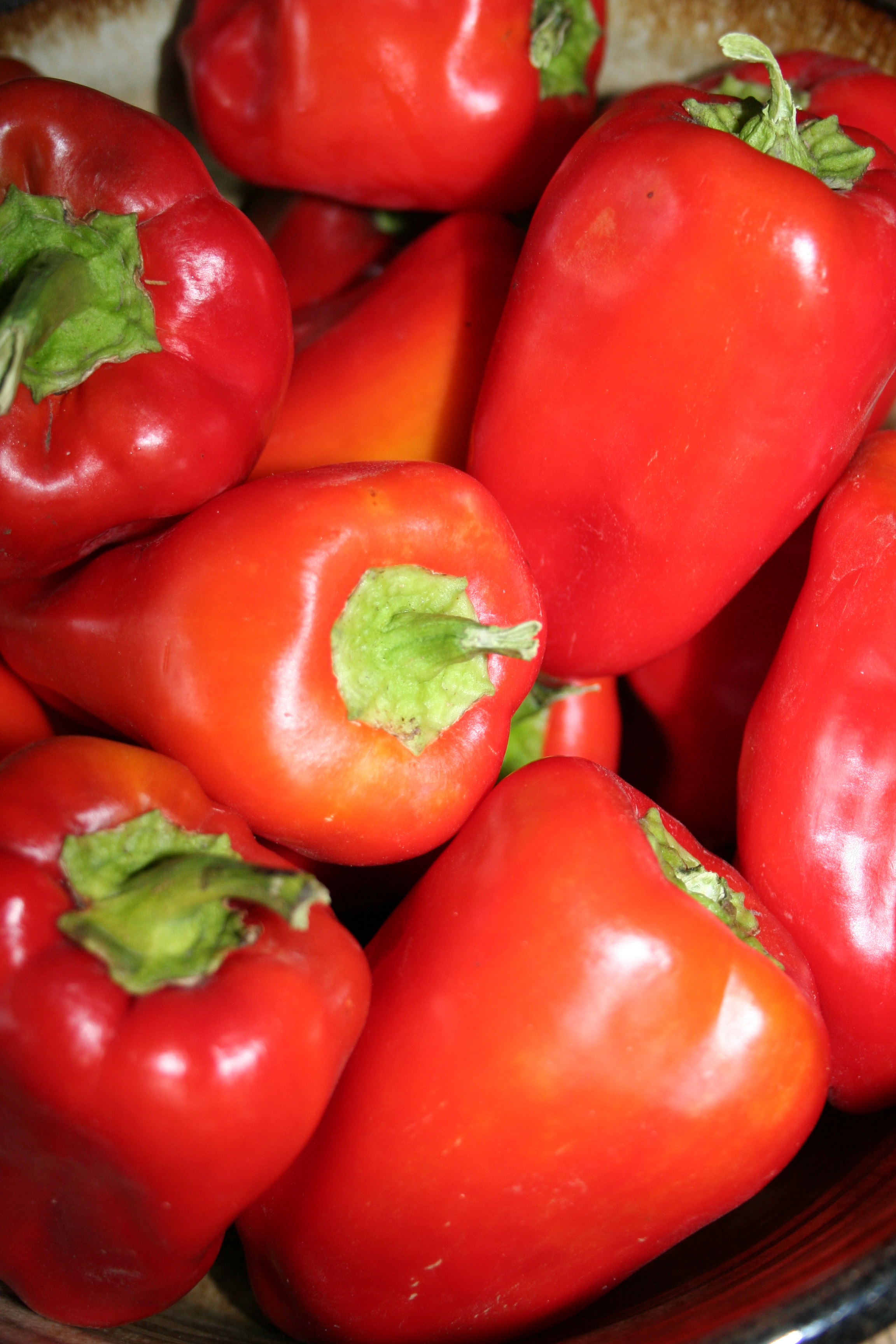
They are commonly grouped into two categories: hot (chili) and sweet peppers. Nearly 2,000 varieties of peppers are cultivated worldwide. However, in the culinary world, people recognize peppers as a vegetable. Botanically, peppers are a fruit of Capsicum plants. It is originally from South and Central America and was introduced into Europe for the first time at the beginning of the 16th century. The pepper plant is a member of the Solanaceae or “nightshade” family, which also includes tomatoes and potatoes.
#Sweet peppers update
UPDATE NOTICE: This post was updated on Mato include new content.Sweet peppers and chilies are both derived from the same species, Capsicum annuum. You can expect a hot one every in every 10 or so peppers. While shishito peppers are usually mild, a small percentage are hot. They are commonly tempura battered and deep-fried. Shishitos are from Japan and have a distinctive elongated shape and thin, wrinkly walls. Pimientos are commonly used as stuffing for green olives and are also mild and sweet.

You can use them in salads or pickle them. While banana peppers look like hot Hungarian wax peppers, they are sweeter in flavor and relatively mild. The banana pepper gets its name because it ripens yellow like a banana. Cubanelles (100 to 1,000 SHU)Ĭubanelles have relatively thin walls similar to many spicier chilies, but they are sweet and have a flavor similar to that of bells. They still have thick, crunchy walls similar to those of the bell. These miniature bells and have a higher sugar content than bell peppers. Red bell peppers have gone all the way through the ripening process and have a high sugar content when compared to less ripe bell peppers. All bell peppers are great for salads or stuffing. There are many, but below are six of the most popular: Bell peppers (0 Scoville heat units, SHU)īell peppers are the best-known sweet pepper with red bell peppers being the sweetest of all. Which peppers are considered sweet peppers? They may become hotter than they were before, for example. If there is cross-pollination, the next year you may see some of their original qualities change. The first generation of plants will maintain their characteristics even when planted alongside other pepper varieties. In most cases, covering the pepper plants or separating them a few feet will be sufficient.Ĭross-pollination is only a problem for gardeners who plan to take seeds from their peppers to plant again the following year. While preserving the characteristics of species is essential for large-scale farmers, it’s not as big a deal for home gardeners. Distances of up to a mile are sometimes recommended to preserve the genetic purity of pepper varieties. The potential for cross-pollination is why commercial growers tend to separate varieties. Can sweet peppers become hot?Īll peppers can cross-pollinate. Other characteristics shared by them include a larger overall size and thicker walls. It’s the combo of mild to no heat and sweetness that marks these. That’s not to say that hotter chilies can’t be sweeter in taste (many are). So the sweet category encompasses both bell types with zero capsaicin and multiple varieties of chili peppers with very little heat. There is also the actual sweetness, which comes from the relatively high sugar content.

Much of the difference between the two boils down to capsaicin concentration.

Sweet peppers typically have little to no capsaicin, which is the compound that makes chilies hot. How do sweet peppers differ from chilies? Let’s break down what are sweet peppers to better understand their range of flavor. In other words, the term “sweet pepper” encompasses a wide range of varieties that come in many different shapes and sizes. Generally speaking, any pepper that isn’t hot could be considered sweet. Sweet peppers are classified as “sweet” to differentiate them from hot peppers. Twitter Facebook Email Pinterest Reddit Subscribe


 0 kommentar(er)
0 kommentar(er)
